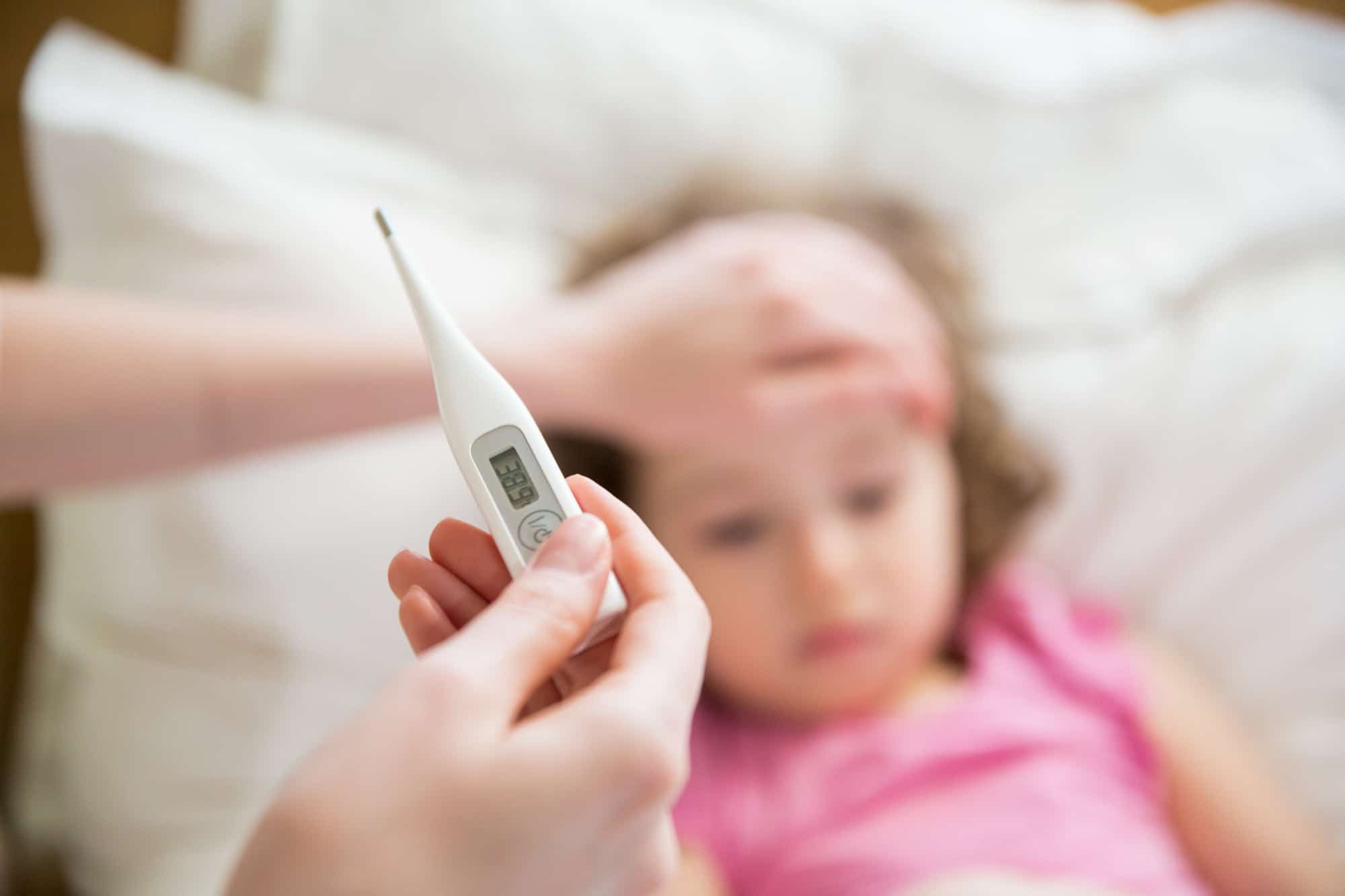Parenthood is without a doubt one of the greatest roles women and men get to play in life. Kids help you relive your childhood and teach you how to love again.
That’s why it breaks your heart when they don’t feel well. Colds and runny noses are part of the process. And you need to know what to do about an unsafe fever temperature for kids.
When you’re little one feels bad, they’re cranky and every little thing irritates them. They cough and hack all day. And some of your best recipes go to waste because they won’t eat.
Children get fevers more often than adults. You need to know when it’s reached an unsafe temperature. Discover here five facts about an unsafe fever temperature for kids.
1. Unsafe Fever Temperature for Kids
When a child’s body is at war with a virus or bacteria, fever is the body’s natural response. Almost any form of infection can conjure one up.
A few common signs your child might be getting a fever:
- Cold or Flu
- Ear or Sinus Infection (sometimes both are present)
- UTI (urinary tract infection)
- Pneumonia or Bronchitis
Smaller babies with budding teeth are susceptible to fever as well. They’re constantly putting their hands in their mouths to soothe themselves. Doing so allows germs to enter the body which leads to bacteria and infection.
The first factual alarm to a fever is elevated body temperature. But understand, a warm child doesn’t automatically indicate fever.
If they complain about not feeling well with a warm body take their temperature. Look for more accurate results via the ear or forehead. 100.4 degrees or higher demonstrates fever.
2. Not All Fevers Are Bad for Children
A hot head and cranky kid doesn’t mean your little person is in a health crisis. Elevated body temperature isn’t good. But fevers activate the immune system.
They alarm the body of a present infection and assist in fighting it. If you’re unsure, contact your pediatrician. If other conditions aren’t present, they’ll assure you temps between 100.4 and 104 aren’t dangerous.
Follow their instructions on what over-the-counter meds to give to your child to break the fever.
3. Take Fevers over 104F Degrees Serious But Don’t Panic
If your child’s fever reads 104 degrees Fahrenheit or higher, don’t panic right away. Fevers with infections rarely jump past 105 degrees. That’s alarming but nothing to make you fear your kid’s life.
It’s when temperature press past 107 degrees is when you worry. It seldom happens. But if it does, get them professional help fast. A fever this high causes brain damage and other issues in the body.
This is also a clear sign something serious is happening in your child’s body. Somebody far beyond what they can express. Don’t wait it out and don’t rely on store-bought meds.
Seek out a pediatric professional right away.
4. Your Child’s Not at Risk of a Seizure with a Fever
Seizures aren’t common with every case of fever. Only 2 to 5 percent of kids under five experience febrile seizures due to fever.
If your child shows signs of a fever of 100.4 degrees or above, don’t assume a seizure is on the way. Remember, you can always contact their pediatrician for help and reassurance.
5. Don’t Over-Medicate a Fever
Sometimes parents automatically assume they must treat their child’s fever with medicine. Not true.
Not all fevers require meds. You only need to treat a fever at the pediatrician’s urging or if your child complains of discomfort. If they’re not complaining, keep happy and occupied with toys and things they like.
Watch their temp in the process to make sure it doesn’t rise.
Know the Facts on Kid Fevers
An unsafe fever temperature for kids is something all parents need to watch for. But don’t stress right away.
They’re levels to unsafe. And with kid fevers, those levels aren’t common with each case. Learns the facts and find out how to deal with your kid and a fever.
Need urgent care help and information? Check out our services and find out how we can help when you’re feeling under the weather.

